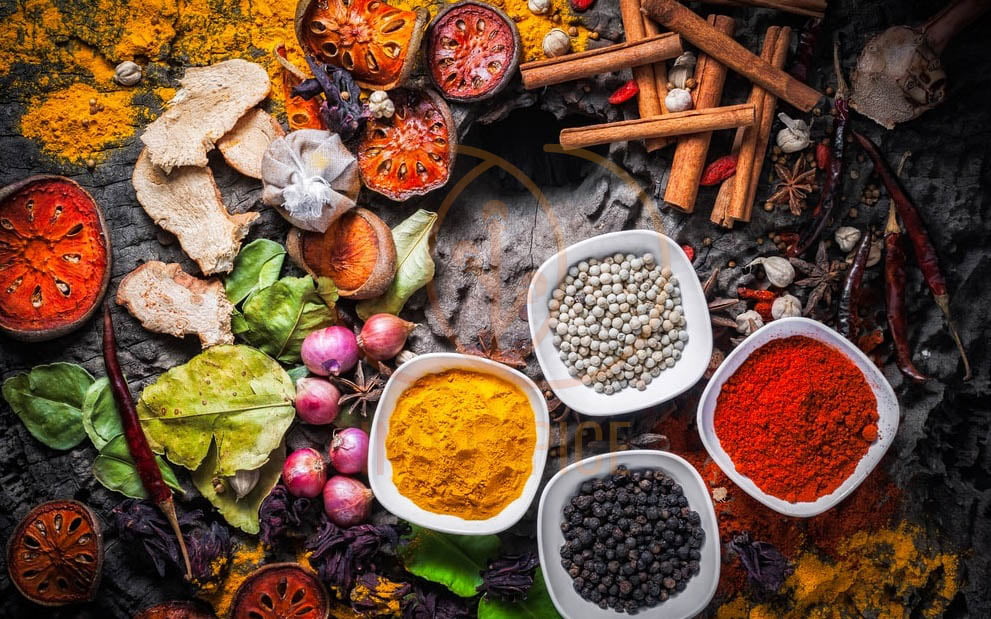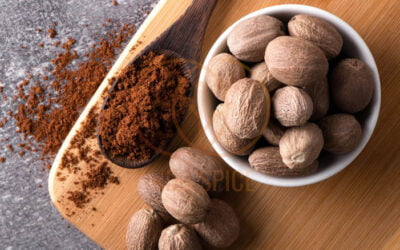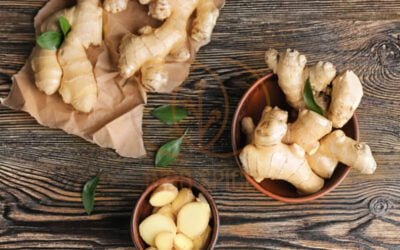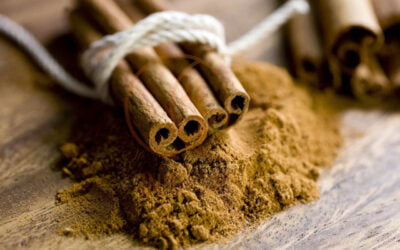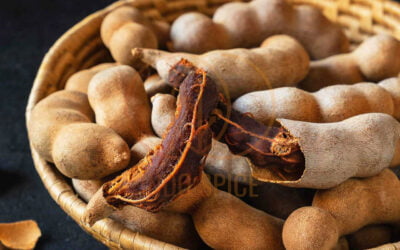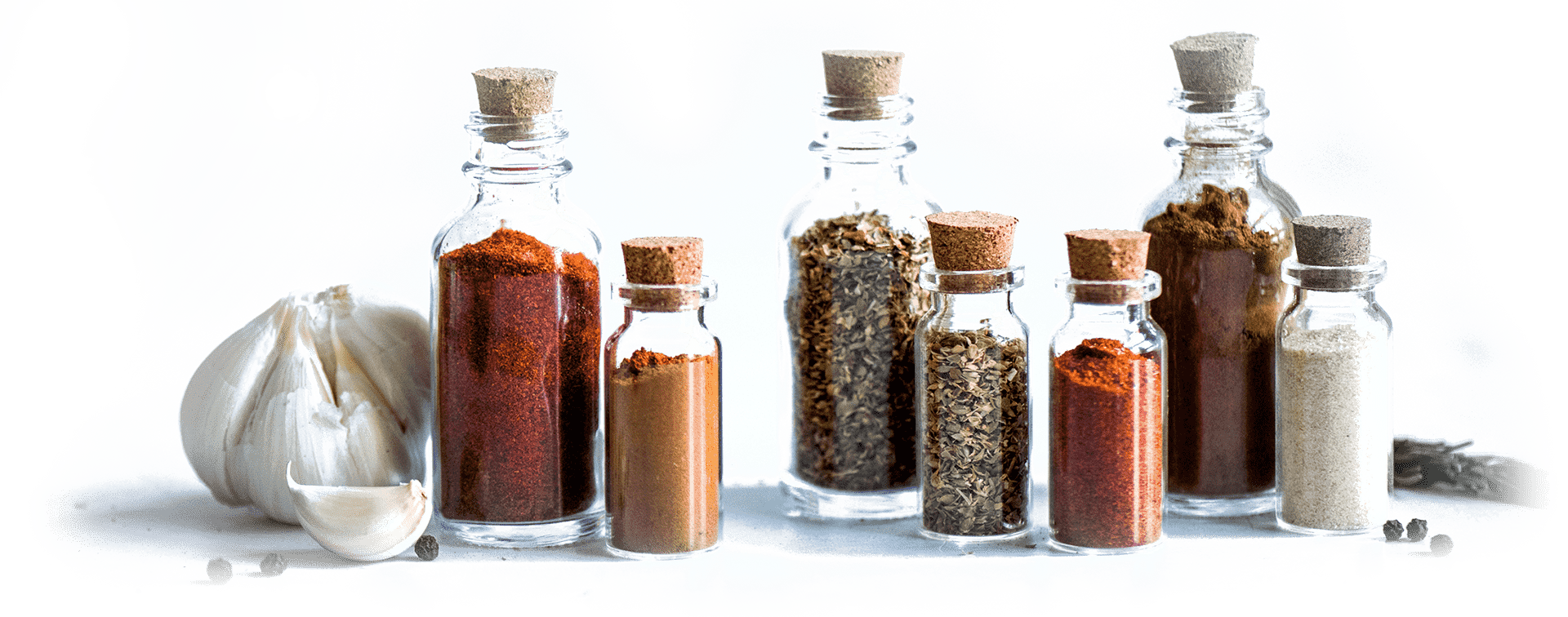Indonesian spices and cuisine is renowned for its rich and flavorful dishes that are heavily influenced by a wide range of spices. From the bold and spicy to the fragrant and sweet, these spices are what give Indonesian food its unique and irresistible taste.
Table of Contents
Cloves: The Warm and Woody Flavor
Delve into the world of cloves, the aromatic buds with a rich history. Renowned for their captivating flavor and health benefits, cloves have ancient origins in the Maluku Islands. Mostly used by cigarette companies, their role in trade routes and power struggles is significant, while culinary magic lies in their sweet-spicy fusion. These small wonders offer antioxidants, dental care, and digestive support. Clove oil and its therapeutic properties shine. Explore their presence in culture, recipes, and myths. With caution due to potential side effects, cloves remain a symbol of enduring allure, leaving a sensory mark on our lives.
Vanilla Beans: The Sweet and Aromatic Essence
Vanilla beans, cherished for their aroma and versatility, find application in cooking and fragrances. The article explores their origins, cultivation, culinary and cosmetic uses, health benefits, and cultural significance. It highlights challenges in vanilla farming, DIY vanilla extract, and different varieties. The piece concludes with the enduring appeal of vanilla. Notably, the FAQs address vanilla’s use in savory dishes, differences between natural and synthetic vanilla, home cultivation feasibility, and purchasing tips. The article concludes with a call-to-action for more information.
Nutmeg: The Sweet and Earthy Flavor
Unveil nutmeg charm: a versatile spice with rich history, culinary allure, and health benefits. From origin in Indonesia to aromatic treasures, nutmeg enhances sweet and savory dishes. It aids digestion, promotes sleep, and fights inflammation. Cultural significance and science behind its flavor intrigue. Yet, caution in consumption is advised. Integrating nutmeg into modern wellness trends elevates its status. Explore quick recipes and homemade remedies. Embrace nutmeg’s allure, its magic transcends time.
Mace: The Warm and Aromatic Flavor
The Mace Flower, scientifically known as “Myristica fragrans,” is a vibrant scarlet outer covering of the nutmeg seed. Native to Indonesian rainforests, it possesses a captivating fragrance and rich culinary uses. With a flavor profile blending sweetness and pungency, it enhances diverse dishes globally. Traditional medicine ascribes it anti-inflammatory and digestive properties, while its essential oil finds use in aromatherapy. The flower’s slow growth and meticulous harvesting contribute to its potency. From garam masala in Indian cuisine to perfumery, the Mace Flower’s versatility is evident. Its story reflects nature’s ingenuity, offering both sensory delight and cultural significance.
Tamarind: The Sour and Sweet Flavor
Tamarind, a tangy tropical fruit, boasts rich history, culinary versatility, and health benefits. Originating in Africa, it’s cherished globally for unique sweet-tangy flavor. Culinary applications span from Thai curries to Mexican salsas. Nutrient-packed with vitamins, minerals, and fiber, it aids digestion, heart health, and offers antioxidants. Traditional and modern medicine harness its antibacterial, anti-inflammatory properties. Tamarind enhances skincare with exfoliation and spot reduction. Its cultural significance spans the globe, while sustainability highlights its ecological role. With diverse varieties, tamarind’s allure endures. From cooking to health, this fruit captivates, harmonizing taste and wellness.
Turmeric: The Bright Yellow and Bitter Flavor
Turmeric, the golden spice celebrated for its color, taste, and health benefits, has a rich history dating back centuries. Curcumin, its active compound, holds anti-inflammatory and antioxidant powers. Used in both cuisine and traditional medicine, turmeric aids digestion, promotes joint health, and even impacts cognitive well-being. Its skin benefits and culinary versatility are noteworthy. However, cautious consumption is advised, considering potential interactions with medications. Embracing turmeric’s holistic potential can be transformative.
Ginger: The Spicy and Pungent Flavor
Ginger, a versatile root known for its flavor and healing properties, has a rich history spanning centuries. From aiding digestion and reducing inflammation to boosting the immune system and relieving nausea, ginger’s benefits are diverse. Its culinary uses range from spicing up dishes to making soothing ginger tea. Traditional medicine’s admiration for ginger is now validated by modern research. Its role in pain relief, digestion, and overall well-being is substantiated. Ginger’s popularity continues to grow, and its distinct flavor adds value to both food and health.
Betel Nut: Cultural Tradition and Health Concerns Unveiled
Betel nut, a small seed-like fruit known as areca nut, has historical and cultural significance across Asia and the Pacific. Traditionally used in ceremonies and social settings, its consumption involves chewing wrapped in betel leaves. Despite its cultural role, betel nut’s health impacts are concerning. It contains arecoline, a stimulant, causing addiction and dependency, along with oral health issues and heightened cardiovascular risks. Moreover, it’s classified as a carcinogen, linked to oral and esophageal cancers. Efforts to regulate and provide quitting strategies are underway, as changing attitudes impact its usage. Balancing tradition and health considerations remains a challenge.
Cardamom: Aromatic Delights, Health Benefits, and Culinary Wonders
Cardamom, an aromatic spice with rich history, originates from Asia. Its two types, green and black, offer distinct flavors. Its aromatic compounds lend a sweet and spicy taste, enhancing various dishes worldwide. Beyond flavor, cardamom holds potential health benefits due to antioxidants and nutrients. It’s valued in traditional medicine for warmth and soothing properties. This spice finds its place in beverages, baking, and aromatherapy. Its journey through history and sustainable cultivation contribute to its allure. Storing tips preserve its potency.
In conclusion, Indonesian cuisine is known for its rich and flavorful dishes that are made using a wide range of spices. From cloves and vanilla beans to betel nut and cardamom, these spices create a complex and delicious flavor profile that is unique to this part of the world.

